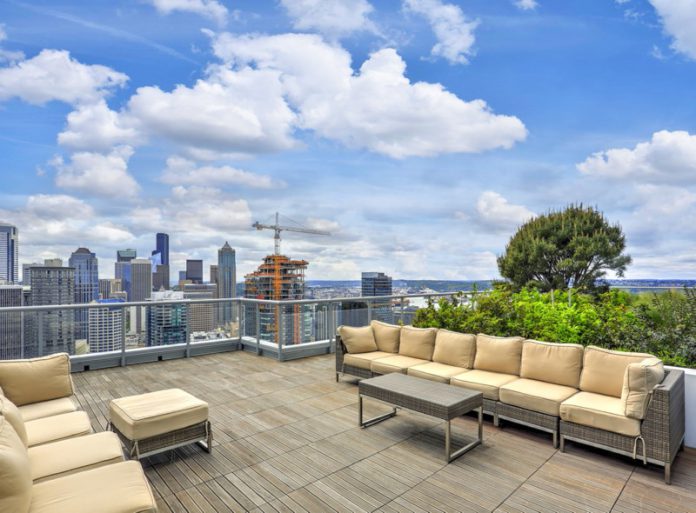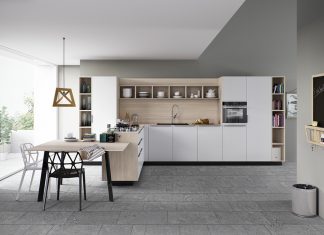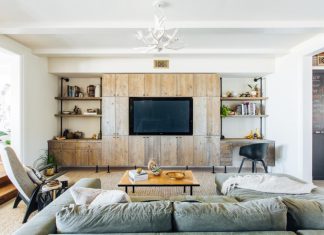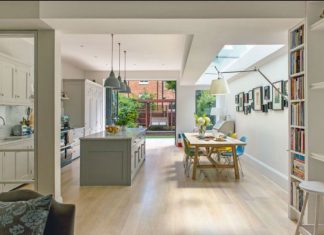If you’re planning a future renovation project for your home, a rooftop terrace is an excellent upgrade if you want your family to enjoy an alfresco space with a great view. Among those who reside in the city, it’s a popular choice that provides you with an extra space to unwind and be entertained with beautiful views. Another advantage of a rooftop terrace is the easy access to the outdoors, which benefits overall health where you can exercise, relax, or plant a garden.
When planning the addition of a rooftop terrace, the project should take into consideration several factors. The variances in construction and the elements make a rooftop terrace a complex project to tackle. With this in mind, it’s crucial to work with a professional with years of experience in rooftop terrace construction.
If you want to guarantee the success of your rooftop terrace project, here are several crucial tips to consider:
1. Check The Building Laws And Restrictions In Your Area
Before engaging in a construction project, the initial step is to figure out whether you can have a rooftop terrace or deck in the first place. Check all building laws and regulations, especially if you’re living in a community where you must follow homeowner association rules. A good move to make is to hire a local contractor to assist you in determining the regulations for a rooftop terrace.
Whether you’re creating a new rooftop terrace or retrofitting, you should make sure your roof has a design that can handle the existing roofing system, structure, and other contributing elements such as furniture, people, planters, and many more. Working with an engineer is one of the initial steps of a rooftop terrace project.
2. Ensure Adequate Space For The Construction
Generally, the construction of a rooftop terrace requires adequate space than a ground-level deck. In most cases, you should determine how the crew will access the roof, whether via interior stairs that lead to the roof or outdoor scaffolding. If you want to learn more about the available options, checking out roof access ladder requirements would greatly help.
In some cases, crane access might be necessary for a rooftop terrace, which would require sufficient space for the crane to move around the power lines, trees, and other obstructions within the area.
3. Select A Team Of Professionals Carefully
A rooftop terrace project will involve working with several professionals, including engineers, landscape architects, deck builders, and many more. During the selection process, you should do your research by checking the credentials, experience, and feedback of professionals you intend to hire. As part of the selection phase, you must interview potential candidates so you’ll have an idea of how they work based on the answers they provide.

4. Plan The Design Of Your Rooftop Terrace
Depending on the design you have in mind for your rooftop terrace, it’s best to think of a suitable layout to make the most out of the space. It’s best to include plants on your rooftop terrace to make the area inviting.
As for the seating, you have various options to choose from. You also need to figure out if you require easy accessibility to drains or utilities. Working with professionals can help you create and plan wisely to have the ideal rooftop terrace.
5. Choose The Appropriate Material
Your preferred deck flooring for your rooftop terrace is crucial. A rooftop terrace or deck is subject to continuous exposure to the elements. Remember that not all decking materials are suitable for rooftop installations, so you need to be careful during the selection process.
Vinyl, PVC, and composite decking are likely to have problems from direct exposure to the sun and limited airflow.
Here are some of the deck materials to consider for your rooftop terrace:
- Composite decking. Some synthetic deck options can range from wood or plastic composite that are readily available in various colors. Some are likely to work well under the harsh conditions on the rooftop. The majority of the synthetic options tend to heat up where they expand and contract, making them difficult to walk on.
- Softwood decking. With this type of decking, it might not be a good option as a rooftop deck. Using pressure-treated decking is likely to split, crack, warp, and twist under the harsh environments on the rooftop. Even if you use high-quality softwood decking, it’ll require regular refinishing. If the material doesn’t receive periodic refinishing, it’ll end up with splits.
- Hardwood decking. Some of the high-density hardwood decking options are suitable for the rooftop environment. You can select from a selection of top-performance hardwood deck materials.
- Modified wood. It’s best to go for modified wood since it requires minimal maintenance, cool to touch, doesn’t splinter, and ages to produce a beautiful patina. You can utilize modified wood for almost all the construction such as the siding, flooring, railings, stairs, and many more.
6. Select The Deck Framing
Some of the standard options for the deck framing include sleepers, wood, or adjustable pedestal systems. Here are their specifications:
- Sleepers are an affordable option for deck framing.
- Wood framing is also a standard option. Although traditional wood is an affordable option, the material can be too heavy for the roof to support. Since the rooftop undergoes constant exposure to the elements, wooden joists are likely to warp, twist, or rot.
- An adjustable pedestal system with aluminum joists might be a good option but has a higher price tag. An advantage of this deck framing is its resistance to rotting, warping, or twisting, and they’re non-combustible.
7. Plan The Landscaping Around The Deck
Trees are a crucial element in the landscaping and a must-have in your rooftop terrace. The trees will provide natural shade from the sun and impart an attractive, natural ambiance to your rooftop terrace area. Additionally, trees also provide privacy from neighbors.
Make sure you ask your contractor to include built-in plant containers to create a rooftop garden with your favorite plants. Container shrubs and plants can provide shade and privacy when positioned around the perimeter of your rooftop terrace.
Conclusion
Once you decide to build a rooftop terrace or deck in your home, several considerations should be your priority. A rooftop terrace is a lovely addition since it serves as a space for you to unwind while enjoying a great view. If you want your rooftop terrace to be a success, use these tips as a guide to building the ideal outdoor space of your dreams.














